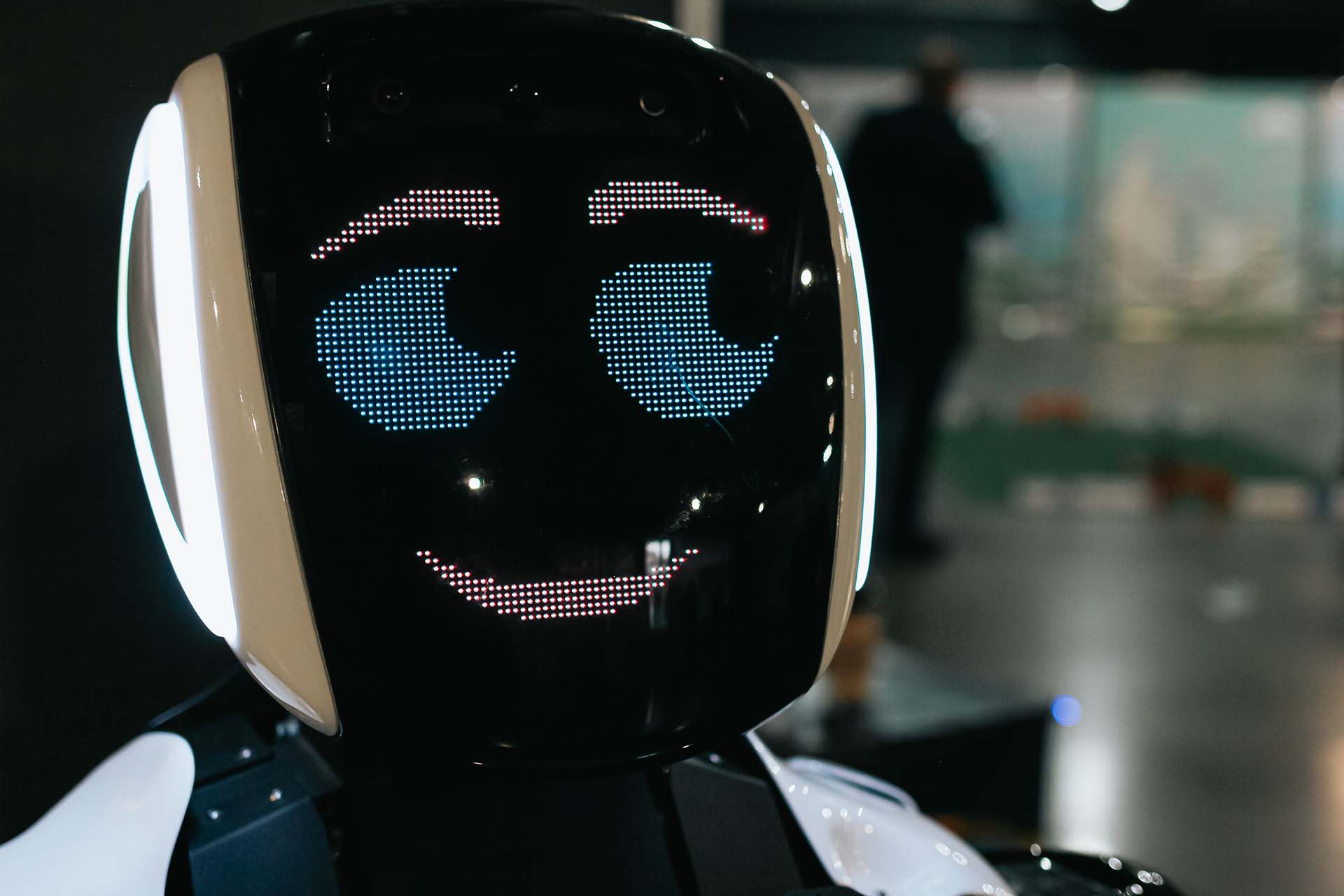Let’s talk about the elephant in the Zoom room: AI is coming for your creative job—or at least that’s what the breathless posts on X would have you believe. Every day brings a new headline about generative AI creating “stunning” designs, “compelling” copy, and “flawless” code that will supposedly render human creatives obsolete by next Tuesday.
For a while now, I’ve straddled the worlds of design and technology, and I’ve seen more than a few “revolutionary” tools come and go. Each arrives with the same hyperbolic fanfare, promising to democratize creativity and automate the need for skilled professionals. And yet, here we are—still hiring designers, still valuing real creativity, still recognizing that there’s something irreplaceable about human discernment.
Behind the Curtain of AI Hype
Before we dive in, I’d like to hit on something that few seem willing to say out loud: much of the current AI hype cycle is fueled by people with skin in the game. The VCs who’ve poured billions into generative startups. The founders racing to secure the next funding round. The influencers monetizing AI tutorials. The consultants selling AI transformation roadmaps.
This doesn’t mean the technology isn’t impressive—it absolutely is. But it does mean we should approach the “AI will replace designers” narrative with a healthy dose of skepticism. Behind many of these proclamations lies the age-old motivation of human self-interest, not objective technological assessment.
What AI Actually Does (And Doesn’t Do)
At its core, even the most sophisticated AIs are just pattern-matching machines. They are exceptionally good at identifying what has worked before and remixing those elements into new combinations. Ask it to design “in the style of Bauhaus” or “sound like Apple’s website,” and you’ll get something eerily reminiscent of those references.
But here’s what AI doesn’t do:
- Decide what should be created in the first place
- Understand why certain design choices resonate emotionally
- Recognize when convention needs to be challenged rather than reinforced
- Have a point of view about what makes something “good” beyond statistical patterns
- Push boundaries in ways that advance creative disciplines
The gap between automation and artistry isn’t just about technical capabilities—it’s about the fundamental nature of creative work. True design isn’t merely an exercise in arranging elements; it’s about understanding culture, context, and the nuanced complexities of human experience.
The Irreplaceable Human Elements: Taste and Vision
I’ve collaborated with countless designers, developers, and creatives over the years. Those who consistently produce exceptional work share two qualities that no AI possesses: taste and vision.
Taste involves judgment—knowing what to pursue, what to reject, and when to break established rules. it’s developed through years of observation, failure, and a deep understanding of context that extends beyond what can be captured in even the largest datasets. Taste is why two designers presented with the same brief will produce wildly different solutions, and why one might resonate profoundly while the other falls flat.
Vision is seeing possibilities that don’t yet exist. it’s when Steve Jobs insisted that removing the keyboard from smartphones was a good ideas when conventional wisdom deemed it essential. it’s Paula Scher sketching the Citibank logo on a napkin in seconds after absorbing and processing years of cultural context. it’s recognizing when an entire industry is solving the wrong problem.
These qualities aren’t captured in training data; they emerge from human experience, intuition, and an ability to think beyond existing patterns.
AI’s Fundamental Limitation: it’s Reactive, Not Proactive
Even the most advanced AI models remain fundamentally reactive. They operate within defined parameters, synthesizing from past examples rather than forging genuinely new directions. This creates several critical limitations:
- AI doesn’t take risks; it optimizes toward the statistical mean of what has performed well
- AI doesn’t challenge convention; it reinforces existing patterns
- AI doesn’t have a point of view; it regurgitates what has been deemed “successful” in its training data
The most memorable designs—whether in product, branding, or user experience—come from humans willing to make unconventional choices. AI can assist in execution, but it can’t replace the human ability to see beyond the data and say, “This doesn’t exist yet, but it should.”
Where AI Shines vs. Where Human Judgment Prevails
Rather than viewing AI as a replacement, IMO it seems most valuable to understand where it excels and where human judgment remains essential:
AI is exceptional at:
- Generating numerous variations (once a direction is established)
- Speeding up iteration cycles for testing and refinement
- Automating repetitive production tasks
- Helping overcome “blank canvas paralysis”
- Making specialized tools more accessible to non-specialists
Human judgment remains irreplaceable for:
- Making strategic decisions about what SHOULD be created
- Pushing creative boundaries in meaningful directions
- Understanding emotional and cultural resonance
- Recognizing when to follow conventions and when to break them
- Exercising taste in selecting which AI outputs are worth pursuing
This framework shifts the conversation from replacement to collaboration. The designers who thrive in an AI-augmented future won’t be those who resist the technology, but those who understand how to leverage it while continuing to develop their uniquely-human capabilities.
The Future: Augmentation, Not Replacement
Having walked the line between creative and technical disciplines for decades, I’m convinced the future isn’t about AI replacing designers—it’s about redefining what designers do. The mechanical aspects of execution will increasingly be automated, elevating the importance of strategic thinking, taste, and vision.
In fact, as AI-generated content floods every channel, I see the value of genuine human creativity, discernment, and originality increasing. Distinguising between something that’s adequate and something that’s great will become a premium skill.
Consider how photography didn’t replace painting—it forced painters to discover new purposes beyond pure representation. AI is similarly pushing designers toward the aspects of creativity that machines can’t replicate: meaning-making, emotional connection, and cultural relevance.
The Human Edge in an AI World
If you’re a designer worried about AI, shift your focus from the technical skills that AI can replicate to the human qualities it cannot:
- Cultivate your taste through broad exposure to design, art, culture, and human experience
- Develop strategic thinking that connects design decisions to broader business and human outcomes
- Sharpen your ability to articulate why certain creative choices matter beyond aesthetic preferences
- Practice the courage to pursue directions that don’t simply remix what already exists
- Learn to wield AI as a collaborator rather than viewing it as competition
In a world where anyone can generate an infinite number of variations with a prompt, the value shifts from production to discernment—knowing which direction matters and why. That taste remains stubbornly, wonderfully human.

